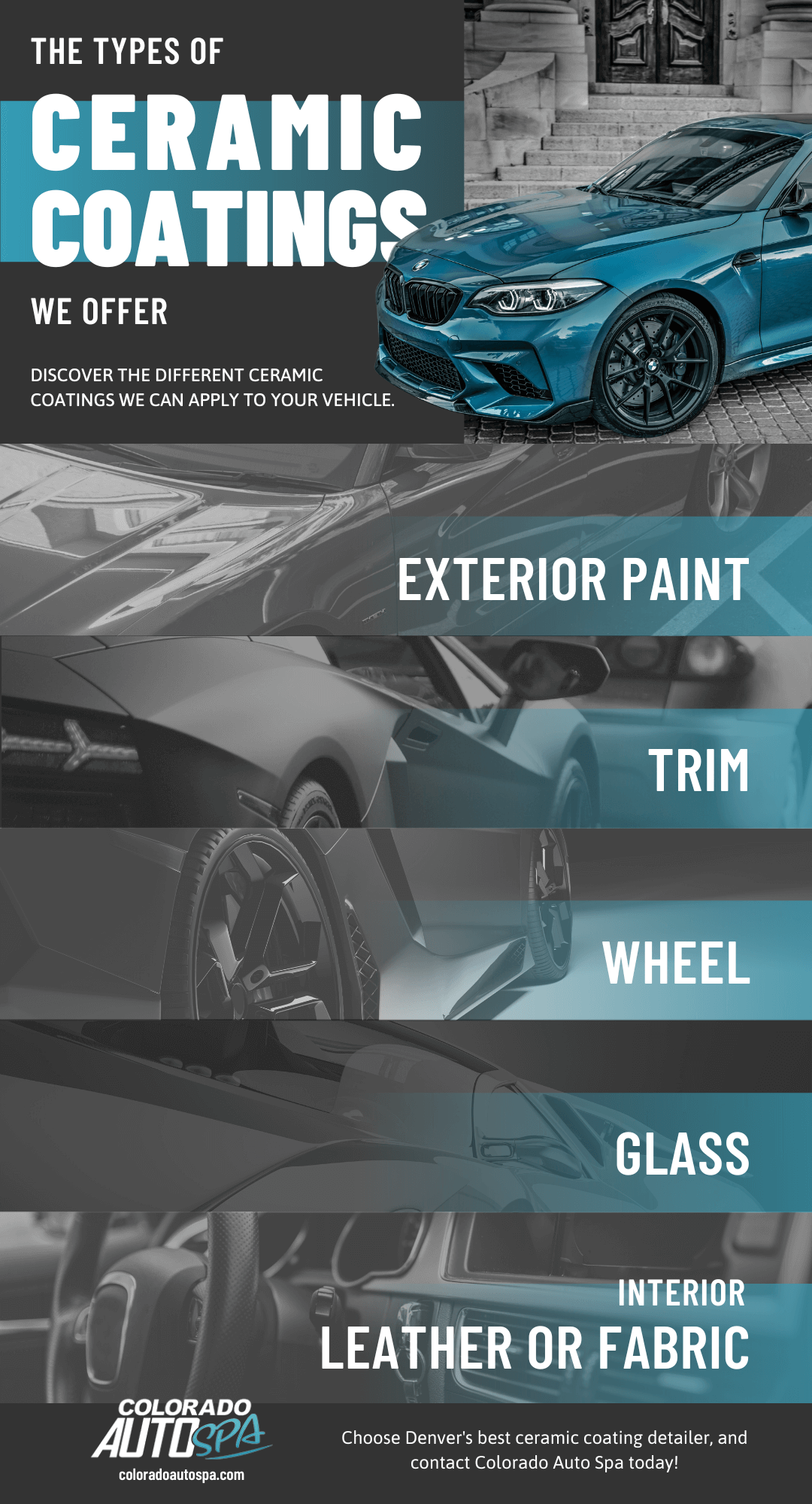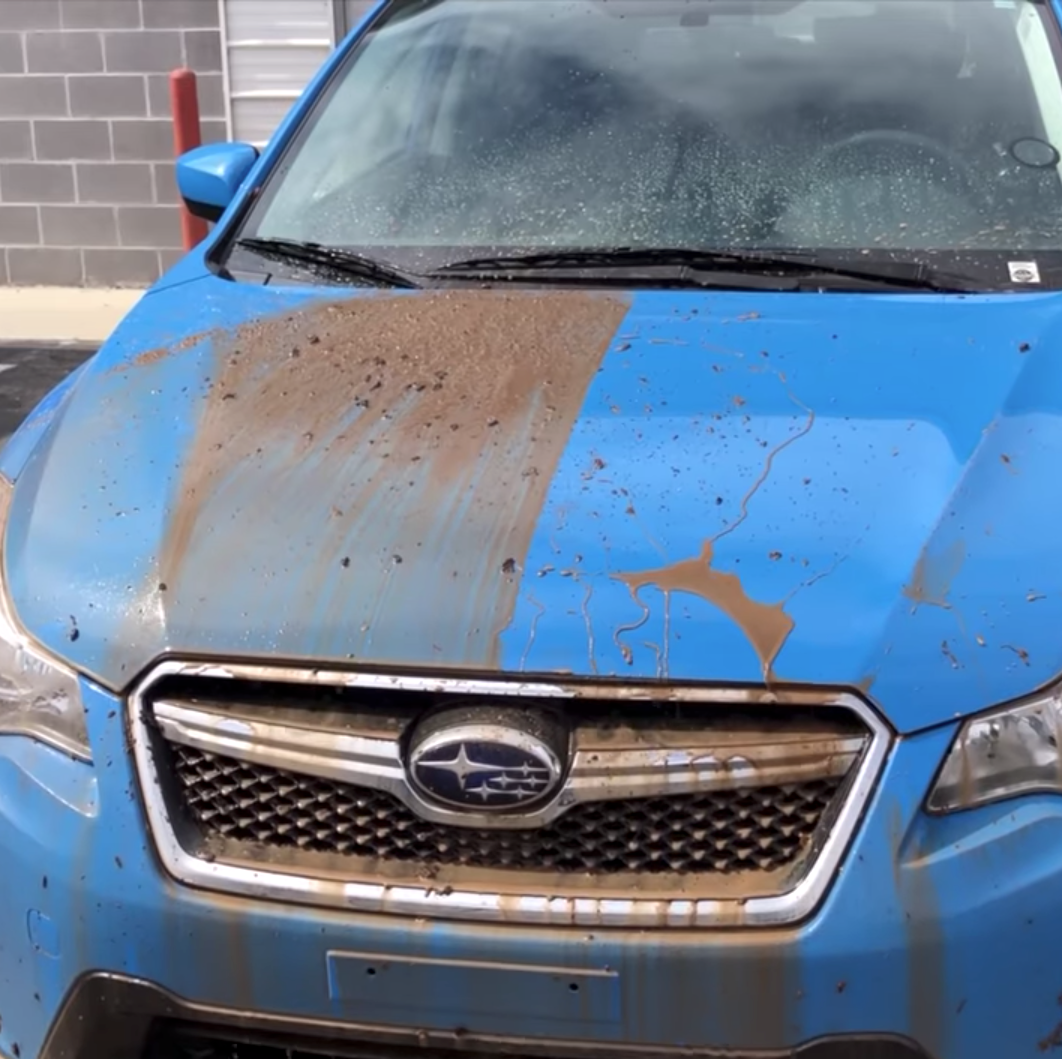Ceramic Coating for Cars: The Ultimate Solution for a Glossy Finish
Ceramic Coating for Cars: The Ultimate Solution for a Glossy Finish
Blog Article
Ceramic Finish vs. Typical Wax: Which Offers Much Better Long-Term Defense?
The discussion in between ceramic finishings and conventional wax for car protection has amassed substantial interest among auto lovers and experts alike. Ceramic coverings flaunt remarkable durability and resistance to environmental factors, yet the intricacy of their application elevates concerns about accessibility and functionality.
Review of Ceramic Layer
Ceramic layer has actually acquired substantial appeal amongst vehicle enthusiasts and detailers alike as a result of its innovative protective qualities. This innovative innovation is designed to develop a resilient, hydrophobic guard over a car's paint surface area, considerably boosting its resistance to environmental pollutants such as dust, UV rays, and chemical spots. Unlike typical wax, which offers a short-lived layer of security, ceramic coatings bond at a molecular level with the paint, supplying lasting longevity-- commonly extending beyond 2 years with appropriate maintenance.
The application procedure involves thorough preparation of the car's surface, including cleaning and brightening to make sure optimal attachment. Once used, the layer treatments to develop a robust layer that not only includes depth and gloss to the paint but also streamlines upkeep. With its hydrophobic buildings, ceramic covering enables water and dust to slide off more conveniently, lowering the frequency of washes and reducing the danger of swirl marks.
Additionally, ceramic layers are readily available in various formulas, allowing users to select products customized to their details demands and choices. Generally, ceramic finishing represents a considerable improvement in paint security technology, delivering superior efficiency compared to conventional options.
Overview of Traditional Wax
Traditionally regarded as a staple in automobile treatment, wax acts as a preferred selection for those looking for an uncomplicated technique to improve and protect their vehicle's paint - ceramic coating. Automotive wax typically consists of all-natural ingredients, such as carnauba, or synthetic substances, developed to create a safety layer on the surface area of the paint. This layer not only enhances the vehicle's gloss and beam but additionally gives an obstacle against environmental contaminants
The application of wax is generally straightforward, making it available for both specialists and DIY lovers. As soon as applied, wax calls for a curing period, after which it sets to form a protective covering.
Nonetheless, while wax is reliable for enhancing the visual charm of a vehicle, it is crucial to note that the defense it provides might demand much more regular reapplication contrasted to alternative items, such as ceramic coverings. Overall, conventional wax continues to be a favored choice for those prioritizing simplicity of use and instant visual renovation.
Sturdiness and Longevity Contrast
While both ceramic coverings and standard wax offer protective benefits for auto paint, their resilience and durability vary dramatically. Typical wax, typically made from all-natural carnauba or synthetic polymers, generally provides a safety layer that lasts about 3 to 6 months. This fairly short life expectancy requires regular reapplication to keep optimum defense.
In comparison, ceramic finishes are crafted from sophisticated nanotechnology, forming a covalent bond with the paint surface. This causes a durable, hydrophobic layer that can withstand for two to 5 years, relying on the item and ecological problems. The remarkable durability of ceramic coverings is credited to their chemical structure, which provides enhanced resistance to scratches, UV rays, and oxidation.

Defense Against Ecological Elements
Shielding an automobile's paint from ecological aspects is crucial for keeping its appearance and value with time. Automobiles are frequently exposed to Bonuses a range of components, including UV rays, bird droppings, tree sap, acid rainfall, and roadway grime, every one of which can endanger the integrity of the paintwork.
Ceramic layers supply a robust protection against these ecological aggressors. Unlike standard wax, which can break down swiftly under UV direct exposure, ceramic coatings form a resilient, hydrophobic layer that withstands the damaging effects of sunshine and ecological contaminants. This advanced technology develops a chemical bond with the automobile's surface, supplying premium security that lasts for several years, even visit this page in severe problems.
In comparison, ceramic layers keep their protective qualities much longer, dramatically lowering the threat of paint damages and guaranteeing that the car retains its visual charm. As a result, ceramic coatings are significantly acknowledged as the remarkable choice for long-term defense against environmental variables.
Application and Upkeep Distinctions
The methods of application and subsequent upkeep for ceramic layers and typical wax vary considerably, impacting the total individual experience and efficiency of each product. Ceramic finishes need an even more elaborate application procedure, usually including surface area prep work that consists of washing, sanitizing, and polishing the lorry. When the surface is prepared, the ceramic coating is used in a regulated environment, usually requiring expert competence to ensure appropriate treating and bonding to the paint.

While both products boost automobile appearance, the longer-lasting protection used by ceramic finishes may justify their first financial investment, despite the more requiring application procedure. On the other hand, standard wax continues to be a popular choice for those seeking an easier, albeit short-term, remedy.

Verdict
Finally, ceramic finishes show significant advantages over conventional wax in terms of durability and environmental security. With a life-span prolonging two to five years and remarkable resistance to UV rays, dust, and chemical stains, ceramic finishings supply an extra efficient remedy for lasting vehicle maintenance. The application process might need expert proficiency, the resulting cost financial savings and minimized frequency of reapplication underscore the worth of ceramic finishings for those seeking optimum automobile security.
The debate in between ceramic finishes and conventional wax for vehicle defense has actually gathered substantial interest among automobile lovers and experts alike. Unlike typical wax, which offers a short-term layer of defense, ceramic layers bond at a molecular level with the paint, using durable durability-- frequently extending past two years with correct upkeep.
While both ceramic finishes and standard wax offer protective benefits for vehicle paint, their durability and longevity differ considerably. For automobile lovers looking for long-lasting protection, ceramic layers offer an engaging benefit over conventional wax products.
In conclusion, ceramic coverings demonstrate substantial advantages over typical wax in terms of durability review and ecological security.
Report this page